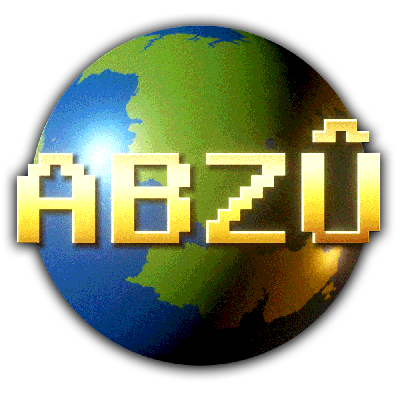High Ciána
| High Ciána | |
|---|---|
| ciána boä | |
Default
| |
| Language codes | |
| ISO 639-3 | – |
| ELP | Lua error in Module:Endangered_Languages_Project at line 21: attempt to index field 'wikibase' (a nil value). |
High Ciána (High Ciána: Ciána Príosta [ˈkjana ˈprista]), known contemporarily to its speakers as Ciána Boä (High Ciána: [ˈkjana ˈboa] 'our song') is a classical language. Although it is still used to publish major religious texts and remains a lingua franca among the Hanctheist clergy in Sharrat, High Ciána no longer has native speakers, and is only learned as a second language.
High Ciána uses the Aglisic script.
History
Golden High Ciána
Golden High Ciána (3rd c. - 8th c.) is traditionally considered to be the standard of High Ciána literature. It preserves archaic features not found in later iterations of High Ciána literature, and later authors strive to master its literary conventions, as skilfully doing so is a mark of prestige.
Silver High Ciána
Silver High Ciána (8th c. - 10th c.) is a later stage of High Ciána, spoken around the formation of Sensuîerreí. Being the official administrative language of the nation, a majority of bureaucratic publications were written in Silver High Ciána. Works written during this time begin to show signs of divergence from the classical form, with vulgarisms starting to seep through the cracks. Many classical authors were highly critical of this change, despite their works frequently containing the very mistakes they criticize. The 'mistakes' described are actually features of the emerging dialects of Low Ciána.
Bronze High Ciána
Bronze High Ciána (10th c. - 18th c.) is the first of the final stage of High Ciána, where it ceased to be used as a daily language, having been replacing by daughter languages descended from Low Ciána.
Living High Ciána
Living High Ciána (post 18th c.) describes High Ciána used as a modern lingua franca within the linguistically-diverse Sensuîerreí, and less widely in surrounding Sharrat.
